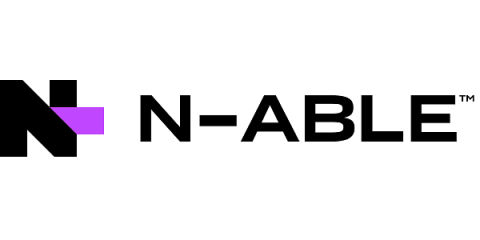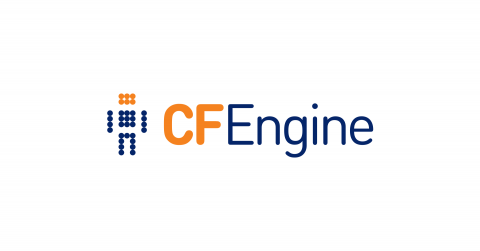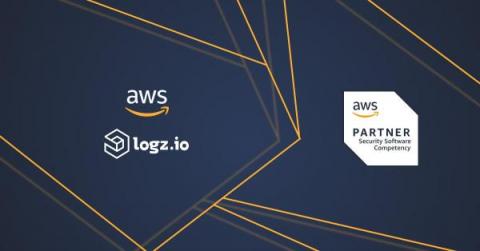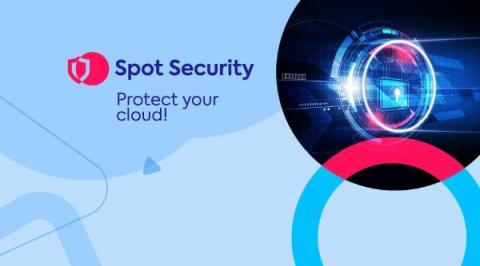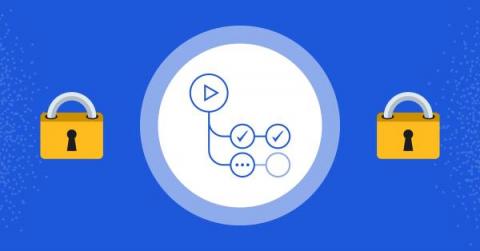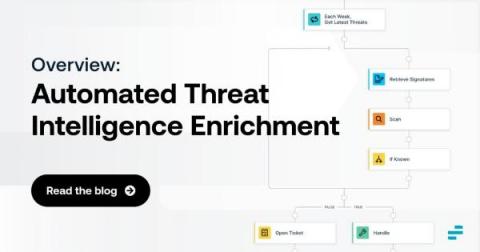Thinking Smarter About M&A-Are you secure?
With the continued focus in our space on the movement from MSP to MSSP, it’s crucial to remember that products alone don’t necessarily make you an MSSP. For smaller customers, although you might be able to provide a range of security solutions (like EDR and backup) and compliment these with an RMM to provide insight and control over end user devices, this is not enough to call yourself an MSSP.


